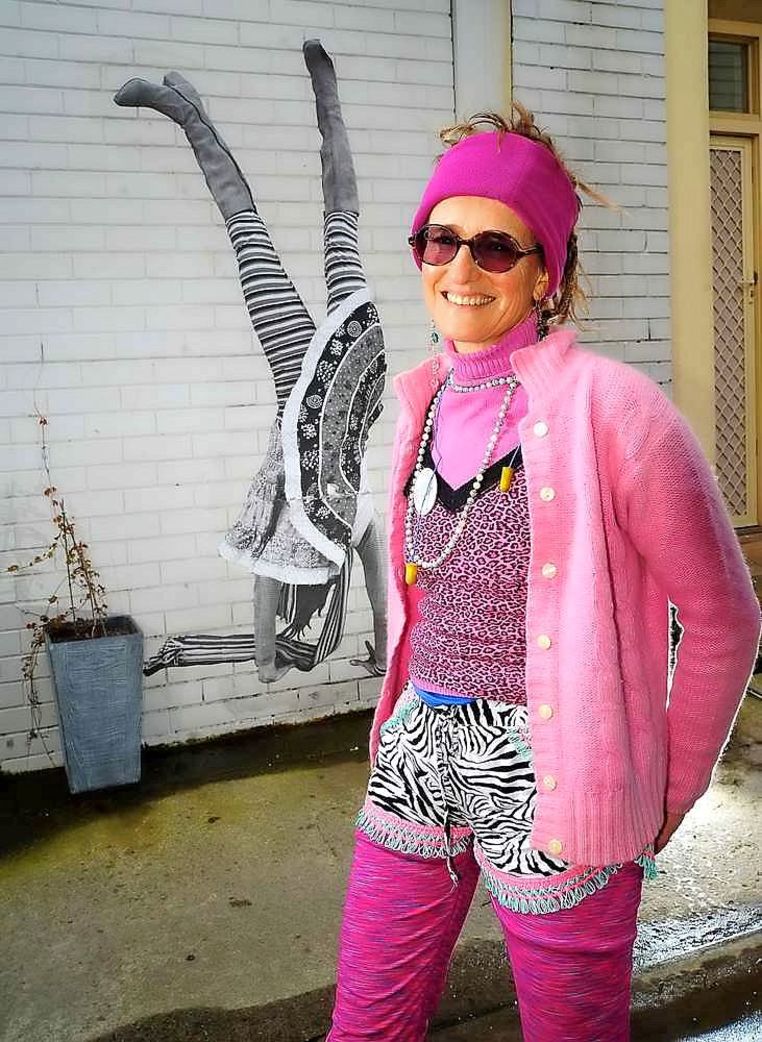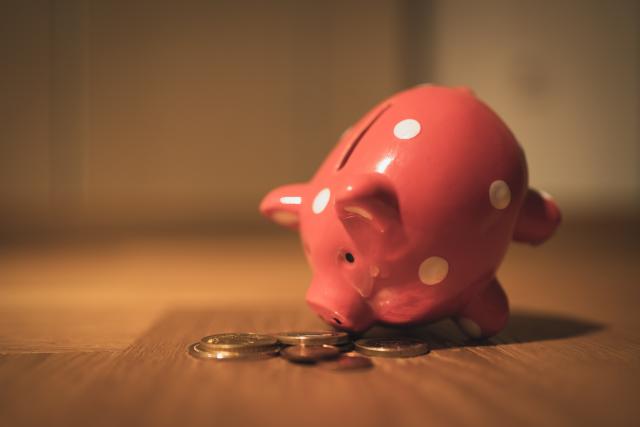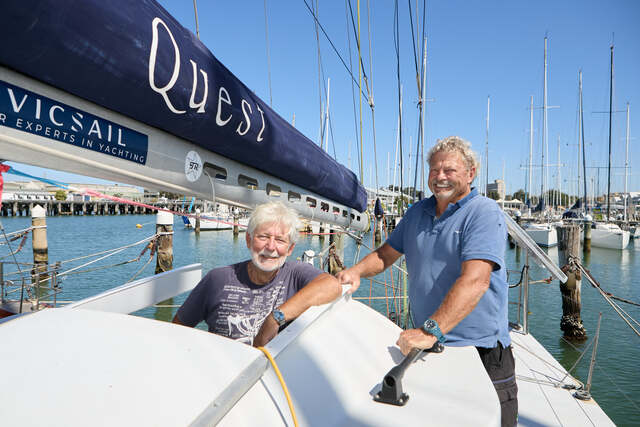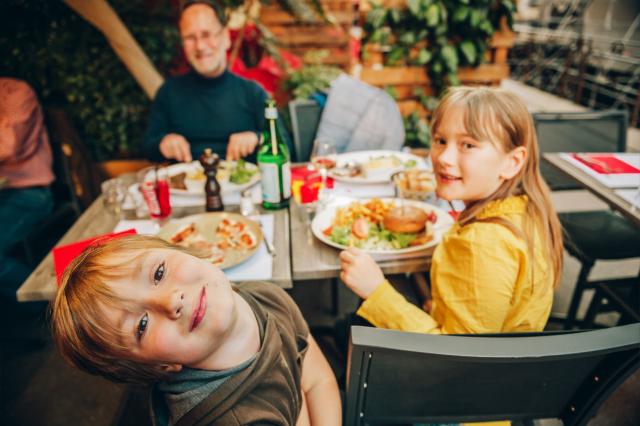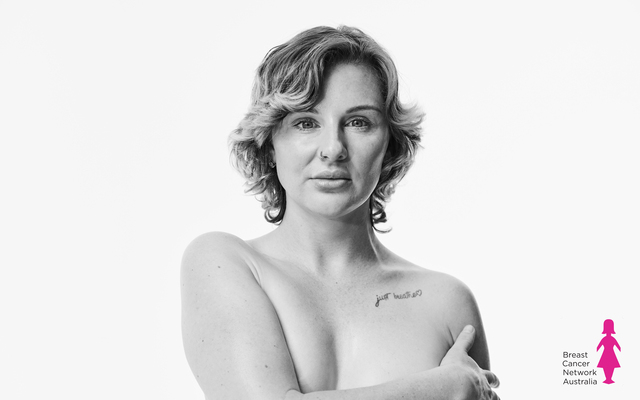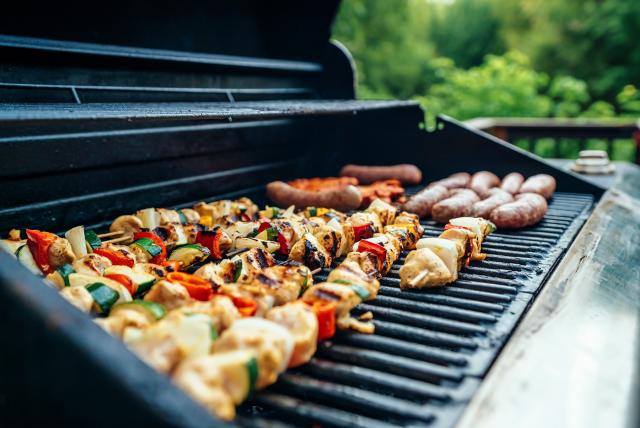From snapshots of Seddon to paste-up posters of her handstands, artist Larissa MacFarlane has left her mark on her suburb and beyond. She speaks with Benjamin Millar.
What is your connection with Seddon?
I have lived in Seddon for almost 13 years and in the general area for a bit longer. For the six years prior, I had been on the edge of homelessness, very lost and confused, and desperately trying to re-establish a life after experiencing a brain injury in 1998.
So finding a safe home in Seddon in 2005 was amazing. It also coincided with enough recovery in my brain injury to start to build
community connections and a new life, including becoming an artist.
The arts community of the West at that time was also particularly welcoming and my development into the artist I am today, owes a lot to that time and those people.
What do you love most about the area? Is there anything you would change?
What I love most about Footscray today is also what I find most difficult – change. Our suburbs are transforming really fast and while that is exciting, I have concerns that some people are getting left behind.
What I most loved about Footscray when I first arrived was the intense pride that people held about their suburb, alongside a genuine desire to welcome all newcomers. I hope we can retain that.
If I had a magic wand, I would change the ways we approach transport and move beyond our dependence on cars. We need to get trucks off residential roads and use rail more. We need reliable and accessible public transport. And we desperately need bicycle infrastructure.
Do you have a favourite local place or places to spend time? Favourite cafes or eateries?
I think my favourite local place is the Robert Barrett Reserve, up on the Maribyrnong hill. I ride my bike there almost every day to do my pain management (before I then go to the hydrotherapy pool).
It has a cute little playground, including some monkey bars that I often have a go at, lots of indigenous trees and an amazing diverse range of native birds.
Since my brain injury means that I live with ongoing nausea, noise and light sensitivity, cafes are my least favourite places. But I do really love Pompello in Victoria Street.
The staff always make me feel welcome, find me something to eat, and never lift an eyebrow when all I can buy is a banana!
What inspires your art and what are you hoping to get across to people?
My visual art practice started out exploring places in the West, alongside ideas of belonging, change and ways that we can celebrate what we have, here and now. I predominantly work in printmaking, such as linocut and etching.
My artwork is also inspired by my own experiences of brain injury, and its overlap with trauma, mental illness and healing. I am interested in sharing and broadening understandings of these marginalised experiences.
I am also a community artist, mostly working with my disabled community, to explore ideas of disability culture and pride, as well as challenge the ableist stereotypes of disability that see our lives as either inspirational or a tragedy.
What can you tell us about your handstands and what they mean to you?
I became obsessed with handstands 13 years ago. I believed that if I could learn how to do a handstand, I could cure my brain injury. (That was before I learnt that, even though brain injuries always improve with time, a brain injury is for life.) Amazingly, learning how to handstand, did in fact, improve my brain injury heaps.
Handstands have since become an integral part of my life and self-management of my wellbeing, providing me with relief from pain and mental distress as well as a sense of grounding and joy. I do many a day, although most are never seen by anyone.
My handstands are not public performances, but private moments that help me navigate my life with chronic illness and disability. In my head, I even carry a map of all my handstand spots across Melbourne.
A few years ago, I decided to ‘come out’ about my unusual daily practice. This led to my street art practice of pasting up life size
images of myself in handstands, with my walking stick, in the very spots that I actually do handstands. It is my way of sharing with the world that brain injuries can lead to amazing skills and that disability expresses itself in many ways.
How did the photographic competition Snapshots of Seddon come about?
It was after I went to my first Seddon Festival in 2005 and noticed the lack of people with disabilities involved or attending, that the idea of the Snapshots of Seddon was born.
That first year (2006), with the support of the Metroaccess worker at council, I got together some of my disabled friends in Harris Reserve, shared cameras and we helped each other take photos. We then exhibited them in a Charles Street shop.
Over the next few years, heaps more Seddon people, including traders, got involved. I also got better at using my disability networks to run targeted and inclusive photo workshops, so that many more diverse people could be involved.
It was a pretty major part of my life for six years, and between 2006 and 2011 there were over 800 photographic entries.
I like to think that the Snapshots project brought the wider Seddon community a greater sense of connection, pride, and an understanding of the diversity of people that make up any community. These photos are also now an important archive, documenting a changing suburb.
This year, I undertook the Seddon Snapshots Public Art project, and with the support of many friends and locals, we installed 20 huge posters of past favourite and winning photo entries on street walls around Seddon and beyond. Some of these entries date
back 10 years! It was a crazy idea but I believe that it has been pretty popular with the community.
What’s something people might be surprised to learn about you?
I once studied five years of a medical degree and almost became a doctor! But I left that career because my ethics and politics were clashing with the conservative culture of medicine, and I knew that long term this would make me very unhappy.
Fortunately, it was my decision to leave and not the brain injury, which happened only a few years later.
Another thing that might be of surprise, is that I had no artistic leanings before the age of 29. It was my brain injury that awakened a whole new creative me. And today, 19 years later, I am having my first solo gallery exhibition and residency!
Larissa MacFarlane’s exhibition Grandstanding not Handstanding opens at Footscray Community Arts Centre at 6-8pm Thursday, October 5, running until December 9.

